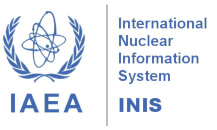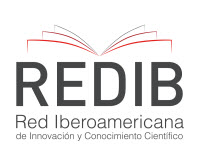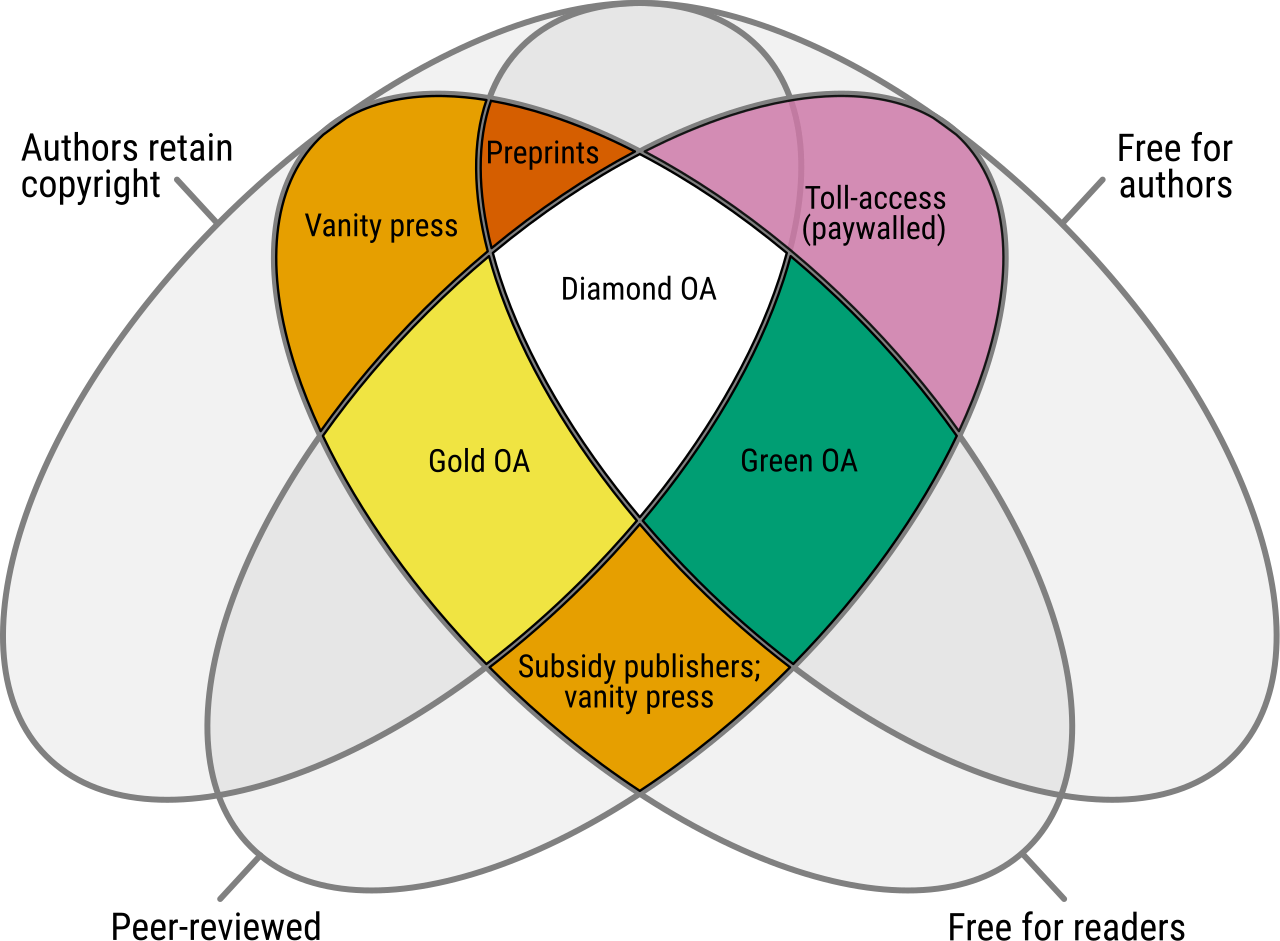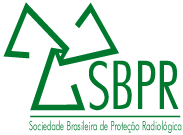New article published: V. 13 n. 3 (2025)
A Radiological Evaluation of Using NORM Residue in Building Materials
Abstract: The sulphate route for titanium dioxide production in Brazil yields 30,000 tons of annual residue, currently disposed of in industrial landfills. This long-term storage incurs significant maintenance and safety costs, alongside environmental impacts. This residue is enriched in the natural radionuclides of the uranium and thorium series and is classified as a NORM (Naturally Occurring Radioactive Material) residue. To minimize the environmental impact of such waste disposal, it is necessary to offer alternatives for its safe reuse, in line with the principles of sustainability. This paper evaluates the radiological exposure associated with incorporating this residue into interlocking and cement blocks. An experimental house was constructed with cement block walls and interlocking block flooring, and internal gamma exposure and radon concentration were measured. Results indicate that incorporating up to 23% of the residue does not elevate indoor radon concentration above the international limit of 200 Bq.m-3 and keeps external gamma exposure below 1 mSv. Read full article.






















